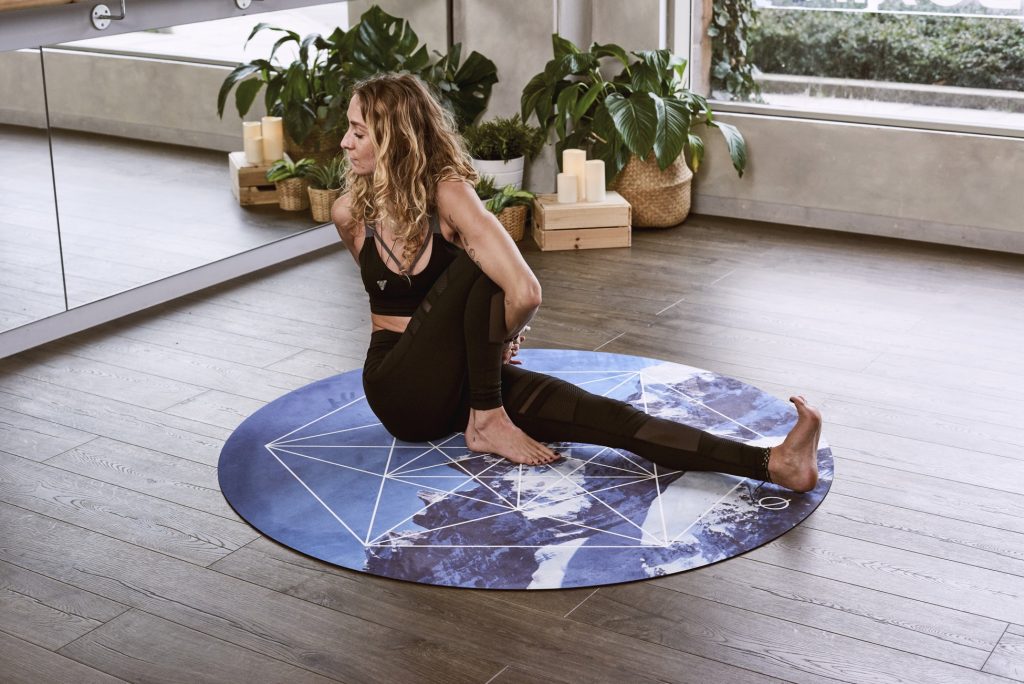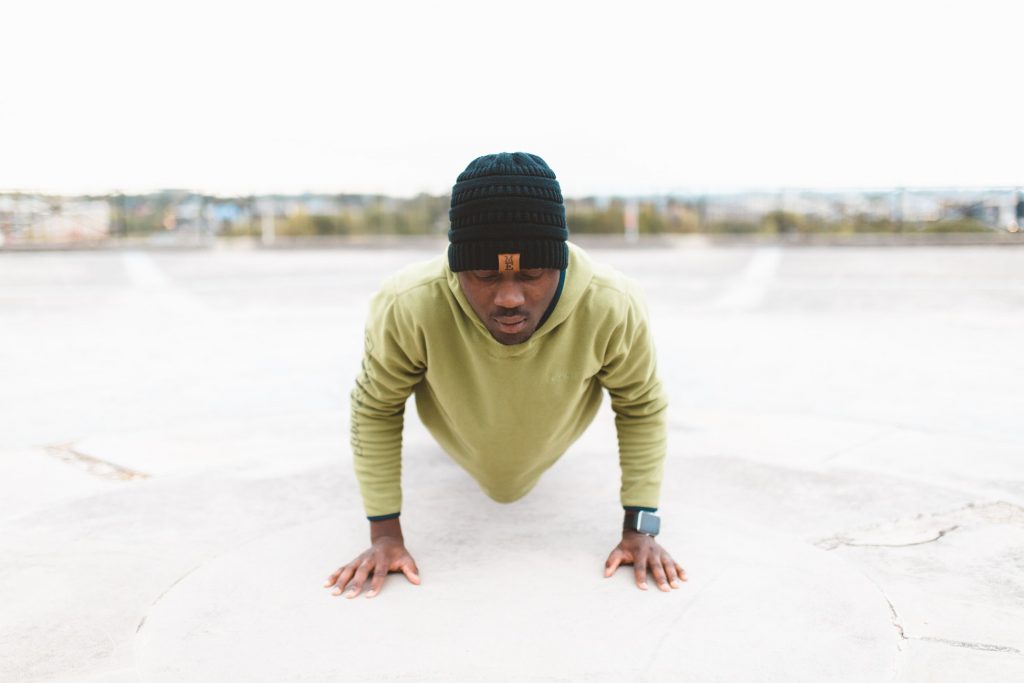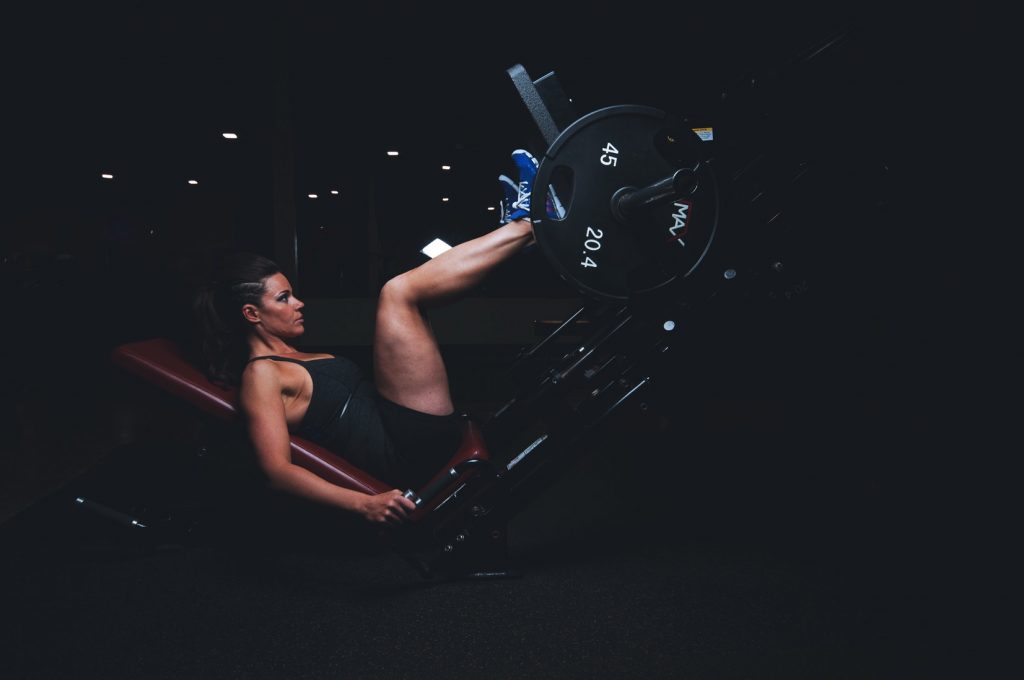With exercise, long-term progress is slow and wavering. But it can also be an exciting experience… that is if you can avoid getting injured after your workouts! Effort and recovery go hand in hand when exercising. So, here’s how you can adapt your body as you push yourself while learning to accept your limitations.
Know Your Capabilities And Your Limits

Do you prefer Pilates or CrossFit? Are you super flexible like a Yogi, also known as someone who’s a total badass in yoga? If you are then you probably have core strength but lack stability in your joints. But if you’re a weight lifter, you’ve got muscle power at your disposal but none of the flexibility a yogi has. So whichever category you fit into, know your capabilities and your limits and work slowly to overcome those limitations without pushing yourself too hard, otherwise, you’ll get hurt.
Evaluate Your Life’s Stress Exposure

Take a moment to consider how much stress you’re experiencing at the moment. From disease, toxic chemicals, work, exercise intensity, as well as injury and pain, there can be lots of major stress triggers in your life. Star off by identifying them. Then you can come up with the fitness protocol that is suited for you. If you’re feeling lethargic and run down, you might benefit from doing cardio or HIIT. But if you work from home and rarely go out, your body and mind will be greatly benefitted by biking outdoors. Remember, exercise is supposed to help you. But if you’re not careful you could end up piling on physiological stress from exercise with the other stress factors in your life. And there’s only so much pressure your body can take.
Practice Makes Perfect

It may sound like a cliché but practice really does make perfect. The more you follow your fitness routine, the smoother and easier it will become. Commit yourself to the exercise and be consistent. That means, no one-week breaks allowed! Practicing on a regular basis will help you to identify any imbalance in your routine so you can fix it quick and easy.
Define Your Goals

Instead of doing a little bit of this and a little bit of that, try focusing your energies on a specific task. Want to master the art of doing pull-ups? Fine, but you’ll need to build your core strength first. If you want to do handstands then you’ll need to increase your shoulder flexibility first. Not defining a path can cause you to jump into a fitness task too quickly and that’s how people get hurt.
Recovery Is Key

There’s no point in overtraining. This will lead to physical burnout and injury. Exercise isn’t only about hard work. You can powerlift and strength train till the end of time, but your body needs time to recover. Find ways to nourish yourself emotionally and physically, too. This will help your body to adapt so you can push yourself to the next level.
How To Combine Fitness And Recovery

Here are a few suggestions that will help you combine fitness with recovery like the total boss that you are:
What To Do When You Train:
- Always start off by warming up
- Do some strength training 2-3 times per week
- Do cardio on the days you’re not lifting weights
- Do stretching exercises and focus on your breathing after each session
What To Do To Regenerate:
- Get a professional massage, or take a few minutes to massage the areas that hurt
- Do some dynamic or static stretching exercises. Stay moving!
- Try doing some compression therapy
- Go out for a walk or a bike ride
- If you feel burned out, do some low-impact cardio
- Do a little bit of yoga if you feel like you need to stretch out your limbs


